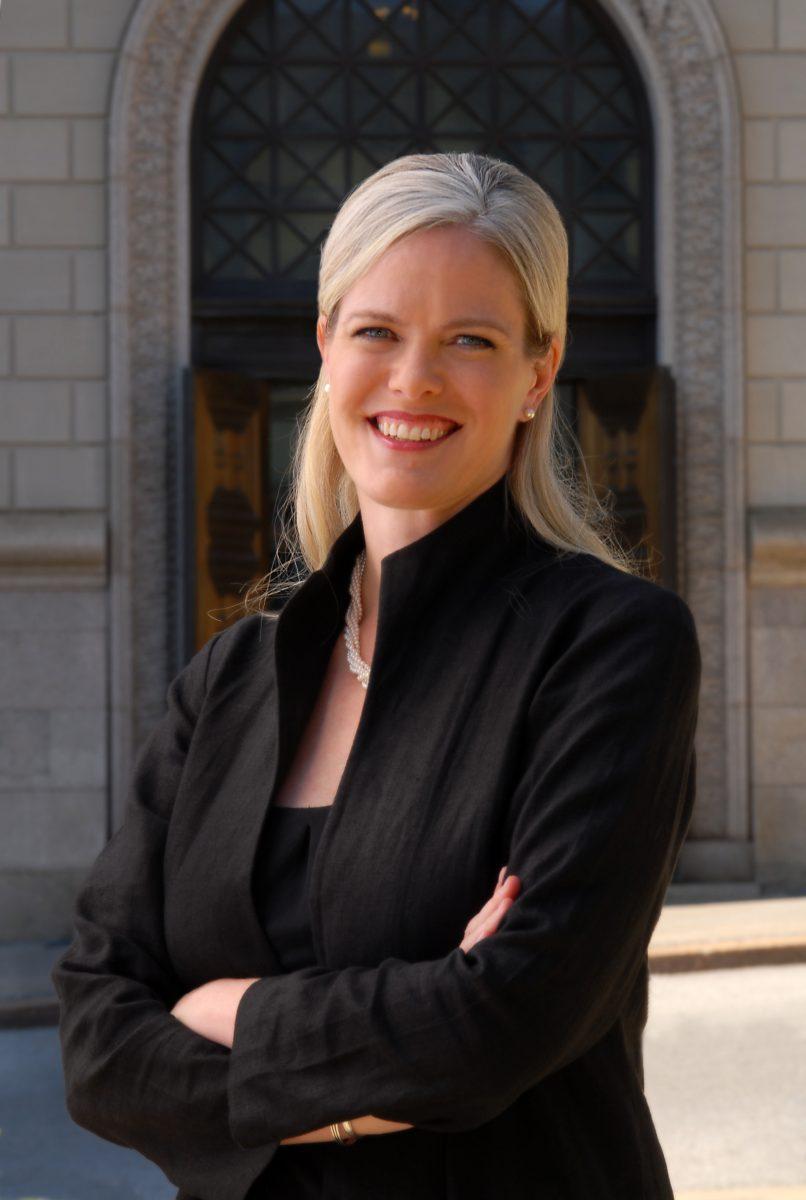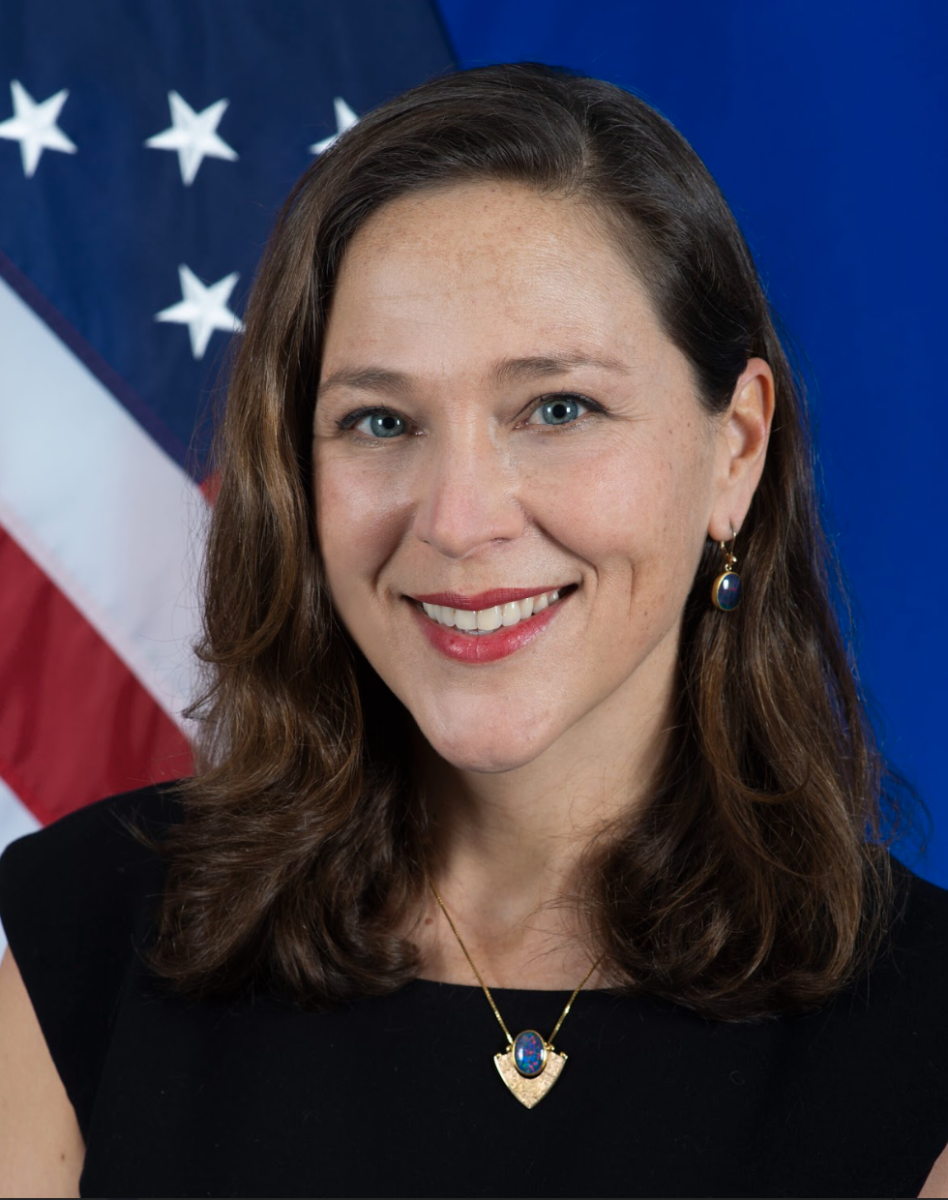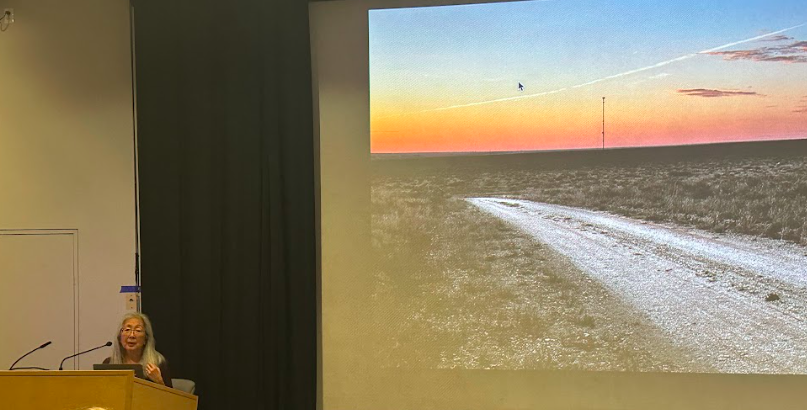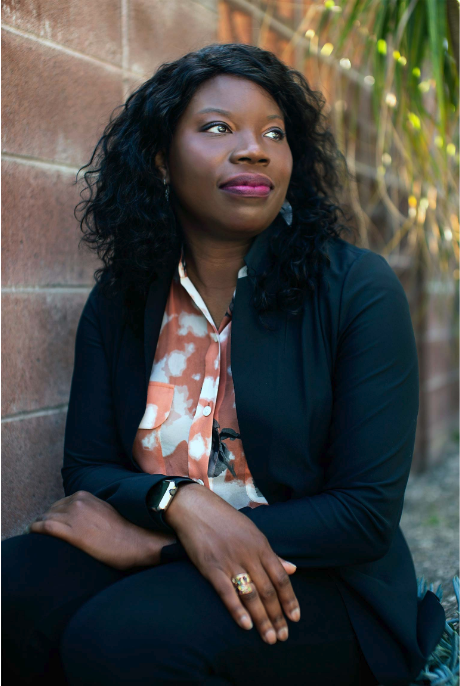Dr. Julia Marciari-Alexander ’89 is the first female Executive Director of the Walters Art Museum in Baltimore, Maryland, a gallery well known for its extensive collection of over 35,000 objects spanning from ancient Greek sculpture to Chinese ceramics. She came to the Walters Museum from the San Diego Museum of Art in 2013, where she was the Deputy Director of Curatorial Affairs. This past Tuesday, April 5, she gave a lecture on fashioning a career in the art world as a Wellesley alum.
I was able to interview her before the event, where she talked to me about developing her career after graduating from Wellesley, and how art history has changed over the years to include more and more women each year. It’s a constantly growing field, and she has many hopes for more women—and Wellesley alums!—to join her in the art world.
“I caught the art history bug in sixth grade,” she says, when asked about how she began to pursue art history. “My sister, then on her junior year abroad in Paris, took us through the European museums over our family vacation. She would give us mini-lectures in front of great paintings — at the Louvre, at the Uffizi, at Versailles. For New Years, we were able to go to a Mass in St. Peter’s in Rome, with the new Pope, John Paul II. I’m not Catholic, but I was completely taken by the way in which all the details of the architecture, the structure of the mass, and the way in which the churchgoers interacted with the ceremony created an experience.”
At Wellesley, Marciari-Alexander knew she wanted to study art history, and found herself specifically interested in the intersection of history and art through objects themselves. She enjoyed the theoretical aspects of art history, but “it was always the materiality of the objects that brought me closer to the people who made them, held them, commissioned them, purchased them, or lived with them from the time of origin until now,” she says, with the museum as “a time machine that connects us to our past and future through the present!”
Even after Wellesley, the education and environment here have shaped Marciari-Alexander’s career and life. From the strong foundations that the art history and visual arts departments provided to the Davis Museum’s collections, “the Wellesley education has helped me in all facets of my life,” she applauds. She also mentions the extensive Wellesley network, a great asset to many alums, as both inspiring and supportive—whether it’s hearing of a Wellesley grad’s success in a different field or catching up with friends and colleagues: “My Wellesley professors and advisors, Anne Higonnet and Pat Berman and Sabine Raffy, and my friendship with my art history classmates—especially Jacki Musacchio, with whom I shared the Plogsterth Prize in Art History our senior year!—has provided me with an unparalleled group of mentors, colleagues, and, really, friends.”
Going into her position as Director of the Walters Art Museum, Marciari-Alexander discusses the increasing presence and importance of women in the art world, particularly in curating and museum work. “It used to be that museums were masculine realms, but women have been steadily infiltrating the profession over decades. In fact, although few women are directors of the most major US museums, there are many women museum directors, and we are making headway in pay equity with our male counterparts,” she says, honestly and optimistically. “While being a woman feels for many like a step in a new direction for the museum, it actually seems to me that my being female is just prompting us to look more closely at the role women have played in the history of the museum since its founding.”
She names the women involved with the Walters since its founding, including “Ellen Walters, the wife of founder William Walters and mother of his son, Henry, who willed the museum to the Baltimore ‘for the benefit of the public;’ Belle da Costa Greene, the first director of the Morgan Library, who worked to set up the first staff of the Walters’ great manuscript and rare book collection; Dorothy Miner, one of the great medievalists of her generation and the first curator of Manuscripts at the museum…” The list is long, and there are so many to name.
“It’s humbling to be among these great women!” she exclaims.
Baltimore itself is a city filled with women in leadership positions, from public office to private institutions, and Marciari-Alexander says that it’s definitely great to be surrounded by so many successful and powerful women. But at the same time, she notes that it is difficult to be a mother, wife, daughter, and professional all at the same time. These are all full-time jobs, and all require her utmost attention. “Women are still supposed to be able to do it all — and I am extremely fortunate to have a husband who is my 100% partner in everything, even if he also has a high-powered career in the New York museum world.”
In the end, she remarks that the key to a fulfilling career and home life is balance. Both women and men deal with home-work imbalances, and as the director, “the biggest challenge for her ends up finding ways to model balance for all those with whom she works at the Walters.”
Thankfully, she enjoys challenges — even frustrating ones — which inevitably come with being the director of the Walters.
We ended the interview on a light note, when I asked her about her favorite collection in the museum. “This is like asking about which is your favorite child or pet!” she jokes, though she does admit she has “a great weakness for the jewelry,” which spans from ancient cultures to sparkly Tiffany, Faberge and Lalique. “I’m currently fascinated with the idea that some of the most beautiful and decorative pieces in our collections also demonstrate some of the most innovative technical artistry of their time.”
And what of current Wellesley students who might be interested in careers in the art world? What advice does she have for them?
“Love what you do. And believe that art does make a difference to the world in which we all live.”








